
Joseph Smith and the Mormons is an objective look at the founder of the Church of Jesus Christ of Latter Day Saints. Author and artist Noah Van Sciver took a bit of heat from the church for not portraying things in line with church teaching. Adam interviews Noah in this episode, as they compare notes on moving on from their respective religious upbringings, plus Noah describes his process and tools, adjusting to fatherhood, and what kind of comics work to do next.
Brought to you by:
Podcast: Play in new window | Download
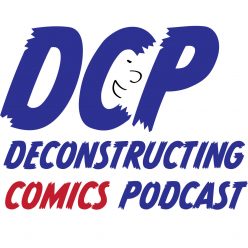
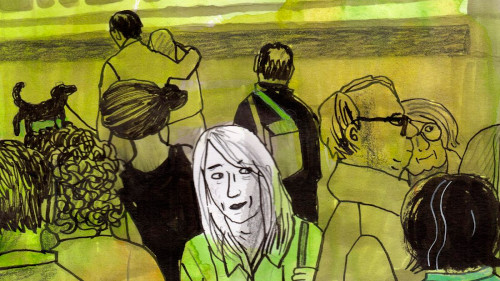

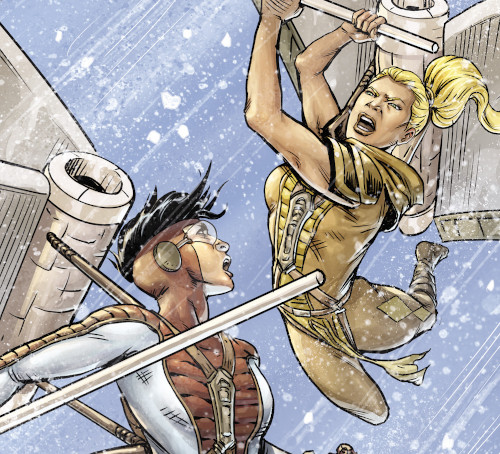
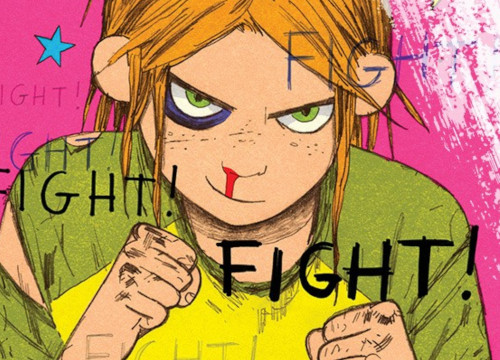
 Ghosting is about a bus driver in a budding relationship with a woman who suddenly disappears from his life. Has he simply been ghosted? Or is there more to it? Emmet was captivated by the book (winner of the 2020 Best Irish Comic award), and this time he chats with its author (and fellow Ireland native), Debbie Jenkinson about this book and her forthcoming followup, the Dublin comics scene, how being an outsider affects the art one produces, and more.
Ghosting is about a bus driver in a budding relationship with a woman who suddenly disappears from his life. Has he simply been ghosted? Or is there more to it? Emmet was captivated by the book (winner of the 2020 Best Irish Comic award), and this time he chats with its author (and fellow Ireland native), Debbie Jenkinson about this book and her forthcoming followup, the Dublin comics scene, how being an outsider affects the art one produces, and more.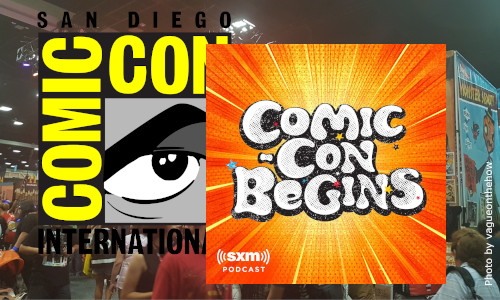
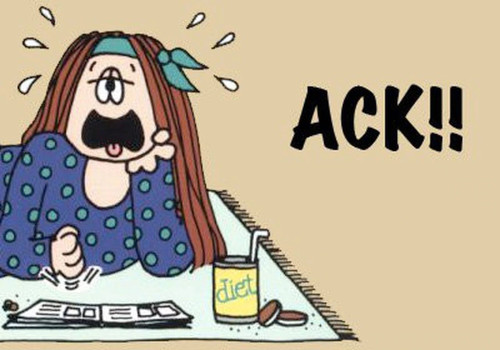
 After fifteen years of cartooning for The New Yorker, Joe Dator has a deep catalog of published work – and a pretty deep catalog of UNpublished work as well (it’s a competitive business!). So in his new book
After fifteen years of cartooning for The New Yorker, Joe Dator has a deep catalog of published work – and a pretty deep catalog of UNpublished work as well (it’s a competitive business!). So in his new book  Most people have some dreams of fame and fortune. A certain portion of those people make their way to Hollywood in hopes of getting that big break. But how much are you willing to give up to achieve that goal? And what if the fame isn’t as great as you expected? These are the questions arising from the forthcoming graphic novel
Most people have some dreams of fame and fortune. A certain portion of those people make their way to Hollywood in hopes of getting that big break. But how much are you willing to give up to achieve that goal? And what if the fame isn’t as great as you expected? These are the questions arising from the forthcoming graphic novel